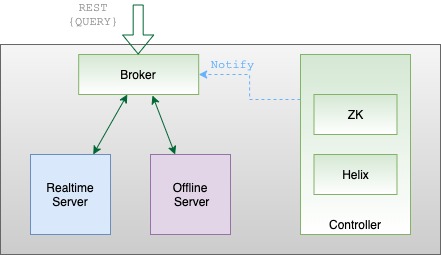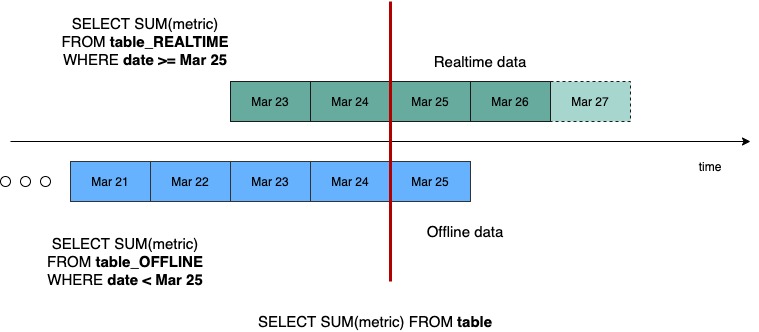Broker
Discover how Apache Pinot's broker component optimizes query processing, data retrieval, and enhances data-driven applications.
Brokers handle Pinot queries. They accept queries from clients and forward them to the right servers. They collect results back from the servers and consolidate them into a single response, to send back to the client.

Pinot brokers are modeled as Helix spectators. They need to know the location of each segment of a table (and each replica of the segments) and route requests to the appropriate server that hosts the segments of the table being queried.
The broker ensures that all the rows of the table are queried exactly once so as to return correct, consistent results for a query. The brokers may optimize to prune some of the segments as long as accuracy is not sacrificed.
Helix provides the framework by which spectators can learn the location in which each partition of a resource (i.e. participant) resides. The brokers use this mechanism to learn the servers that host specific segments of a table.
In the case of hybrid tables, the brokers ensure that the overlap between real-time and offline segment data is queried exactly once, by performing offline and real-time federation.
Let's take this example, we have real-time data for 5 days - March 23 to March 27, and offline data has been pushed until Mar 25, which is 2 days behind real-time. The brokers maintain this time boundary.

Suppose, we get a query to this table : select sum(metric) from table. The broker will split the query into 2 queries based on this time boundary – one for offline and one for real-time. This query becomes select sum(metric) from table_REALTIME where date >= Mar 25
and select sum(metric) from table_OFFLINE where date < Mar 25
The broker merges results from both these queries before returning the result to the client.
Starting a broker
Make sure you've set up Zookeeper. If you're using Docker, make sure to pull the Pinot Docker image. To start a broker:
Was this helpful?

